Astronomical Observatories in Bucharest
With the development of science in the 19th Century, the Romanian capital city Bucharest saw the emergence of institutions devoted to observing the sky and the movements of stars.

România Internațional, 19.11.2016, 14:12
With the development of science in the 19th Century, the Romanian capital city Bucharest saw the emergence of institutions devoted to observing the sky and the movements of stars. The best-known of them today are the big Astronomical Observatory in Carol Park and the one built on one of the city’s major boulevards, the Urseanu Observatory on Lascar Catargiu Boulevard, near Victory Square where the government headquarters are also located. Neither of the two, however, is the first astronomical observatory built in Bucharest.
Here is Magda Stavinschi, a member of the Astronomical Institute of the Romanian Academy: “The first observatory, very little known today, was a military observatory built on Piscul hill. Around the year 1894, General Constantin Bratianu, who was also a cartographer, was conducting various geodesy and surveying works, and to this end, he needed to observe the sky. He managed to obtain funds for an observatory, which, although small, was enough to cover the needs of geodesy and astronomy at that time. So that was the first observatory in Bucharest. It is no longer in use today, it is only a historical site. Later, in 1908, the observatory in Carol Park, on Filaret hill, was founded, and it soon became the core of the Astronomical Institute of the Romanian Academy. This is the main observatory, and it is still operational today. Actually, in 1908, Education Minister Spiru Haret signed the order on the establishment of the observatory, which at the time also carried out meteorological measurements, and on the appointment of Nicolae Coculescu as its director, but the construction works lasted longer, up until 1910-1912.”
The Urseanu Observatory was built roughly at the same time with the one in Carol Park. It was erected under the supervision of Admiral Urseanu and it was open to the general public interested in astronomy.
Magda Stavinschi tells us more about its founder: “As many other navy officers, Urseanu was keen on astronomy. When he built his beautiful house in Bucharest, he wanted it to look like a vessel, and at the same time to have a dome and an instrument for astronomical observation. Obviously, at present, because of the pollution in the city, a lot of phenomena can no longer be observed, but there are elements that can still be seen from there today. And a fourth observatory, the most recent one, is the one hosted by the Children’s Palace in Bucharest. The institution organises astronomy courses for children, and they are very much interested in finding out about the world, about the universe. Depending on their age, they will ask questions ranging from ‘why is the sky blue?’ to ones about asteroids and the solar system.”
Built in the communist era, the observatory at Children’s Palace did not require as much revamping work as the ones erected earlier last century. The Urseanu observatory, for instance, has recently undergone large-scale restoration works which, in spite of some faults, give us a glimpse of its past beauty.
Magda Stavinschi: “This observatory was severely affected, on the one hand by successive earthquakes, and on the other hand by the construction of the subway line that goes beneath it. In turn, the observatory in Carol Park was revamped in the 1990s, but unfortunately the building itself was not repaired. The building was erected prior to the union of the Romanian Principalities in 1859, and, just like everything else inside the observatory, it is part of the national heritage. The plans were drawn up by the Dalmatian-Austrian architect Luigi Lipizer, in the same neo-Gothic style in which he also designed the Academics’ House. We tried to conduct some restoration work, but as usual we did not have enough funding and the project was never finalised.”
Although astronomical observations are increasingly difficult and can no longer be carried out as they used to, because of the pollution in the Romanian capital, the astronomical observatory in Carol Park and the one on Lascar Catargiu Boulevard remain two important landmarks of the city’s cultural and scientific life.






























